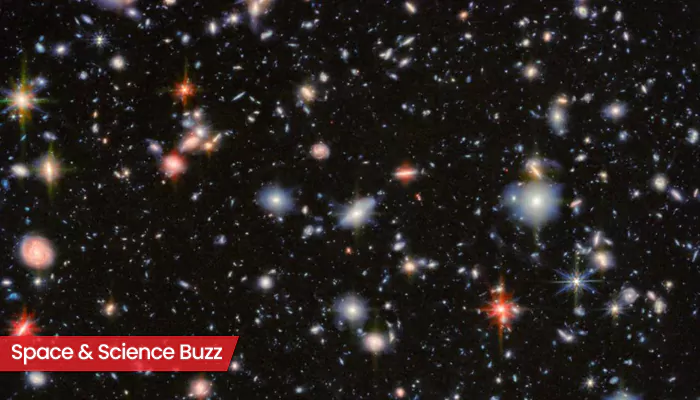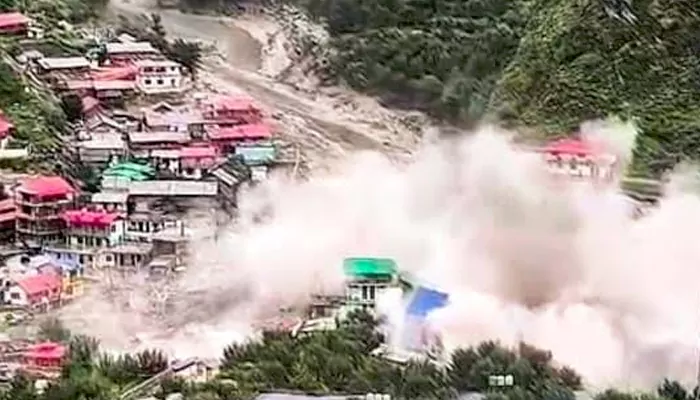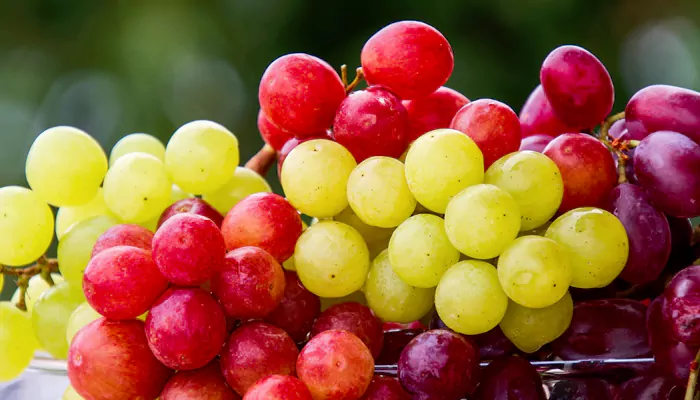
Here are today’s most important updates from the realm of Science and Space.
Gazing back across billions of years 🤯 with Webb’s look at the Hubble Ultra Deep Field!
— ESA Webb Telescope (@ESA_Webb) August 5, 2025
And check out more .gifs at our giphy page: https://t.co/cvZutFWUhc pic.twitter.com/iUprqQEqPV
(Credit: X/@ESA_Webb)
The James Webb Space Telescope has delivered a spectacular revisitation of one of astronomy’s most iconic images: the Hubble Ultra Deep Field. It is known for teeming with galaxies, in the area of space that was initially thought to be vacant. By peering deep into this tiny region of the sky using its advanced instruments, Webb has provided an unprecedentedly rich and detailed glimpse into the distant Universe, capturing thousands of galaxies, some from the earliest epochs following the Big Bang. In this fresh Webb image, more than 2,500 sources have been identified within the field, a confirmation to its extraordinary sensitivity and resolution. Among these are hundreds of extremely red galaxies, suspected to be massive, dust-obscured galaxies, or ancient galaxies populated by mature stars that formed soon after the dawn of the Universe.

Tharali village in Uttarakhand’s Uttarkashi district was struck by a devastating cloudburst, triggering a sudden surge of water that wreaked havoc across hillside communities. The torrent led to significant loss of life and property. A cloudburst is an extreme weather event characterised by intense, localised rainfall exceeding 100 mm within an hour. The surge in such extreme weather events is attributed to a combination of natural geography and human-induced environmental changes. Unregulated construction, deforestation, and land-use changes have disrupted Uttarakhand’s natural drainage and soil stability, causing increased runoff, flooding, and landslides. Rising global temperatures have shifted monsoon patterns, funnelling excess moisture into the region. These combined factors are making cloudbursts more frequent, intense, and harder to predict in the fragile Himalayan terrain.

A new study explores the concept of "superfoods" and makes a case that fresh grapes have earned what should be a prominent position in the superfood family. Grapes are a natural source of over 1,600 compounds, including antioxidants and other polyphenols such as flavonoids, anthocyanidins, catechins, phenolic acids, resveratrol, and more. Polyphenols are credited with the health benefits of grapes, via antioxidant activity and influencing cellular processes. It is the whole grape and the unique matrix of these compounds within it that creates the biological effects, not a single component. Clinical trials also show that grapes support brain health, skin health (enhanced resistance to UV radiation and DNA damage in skin cells), gut health, and eye health. However, grapes don't get that much recognition as berries receive.

Ethanol-blended petrol is a mixture of conventional petrol (gasoline) with ethanol, a renewable, alcohol-based biofuel derived from plant sources such as sugarcane, corn, and other agricultural biomass. Ethanol burns more cleanly than petrol. It acts as an oxygenate, helping fuel combust more completely and reducing harmful emissions like carbon monoxide and unburned hydrocarbons. It also works as a fuel extender, reducing reliance on non-renewable petroleum. While ethanol has slightly lower energy content than petrol, the difference in fuel economy is marginal at lower blends like E10 or E20. However, higher ethanol content may require engine modifications due to ethanol’s corrosive nature. Also, a bit more fuel is needed for the same driving distance. The government is currently targeting 30% ethanol blending with petrol by 2030 to further reduce dependence on imported oil while addressing environmental concerns.